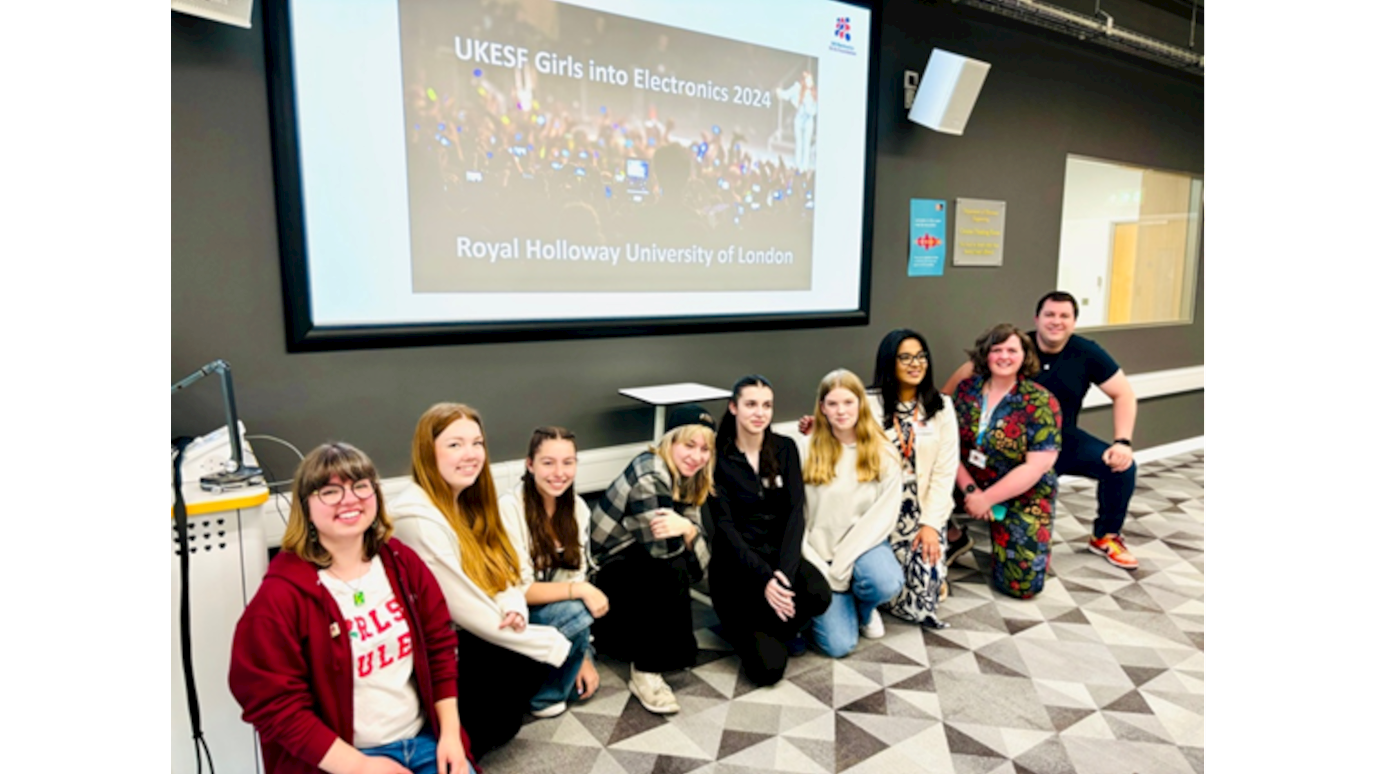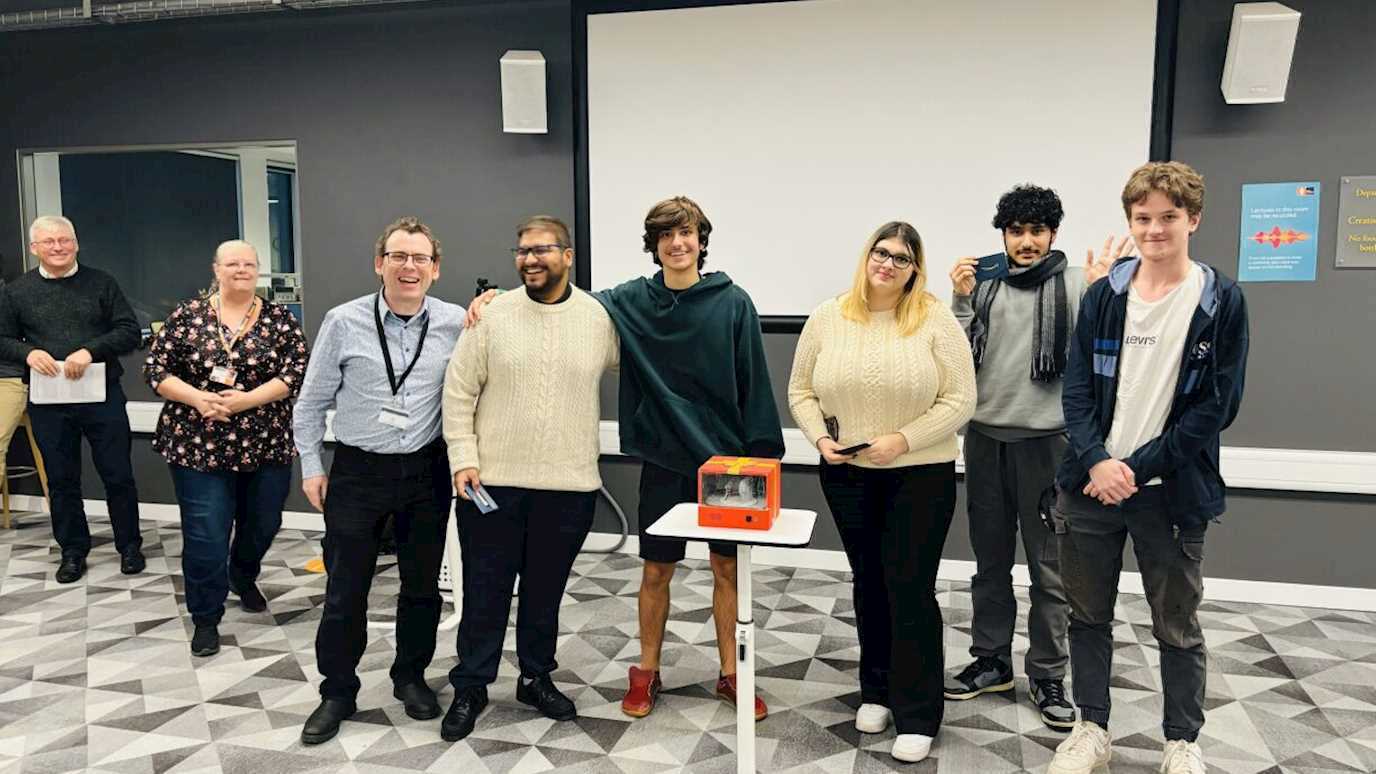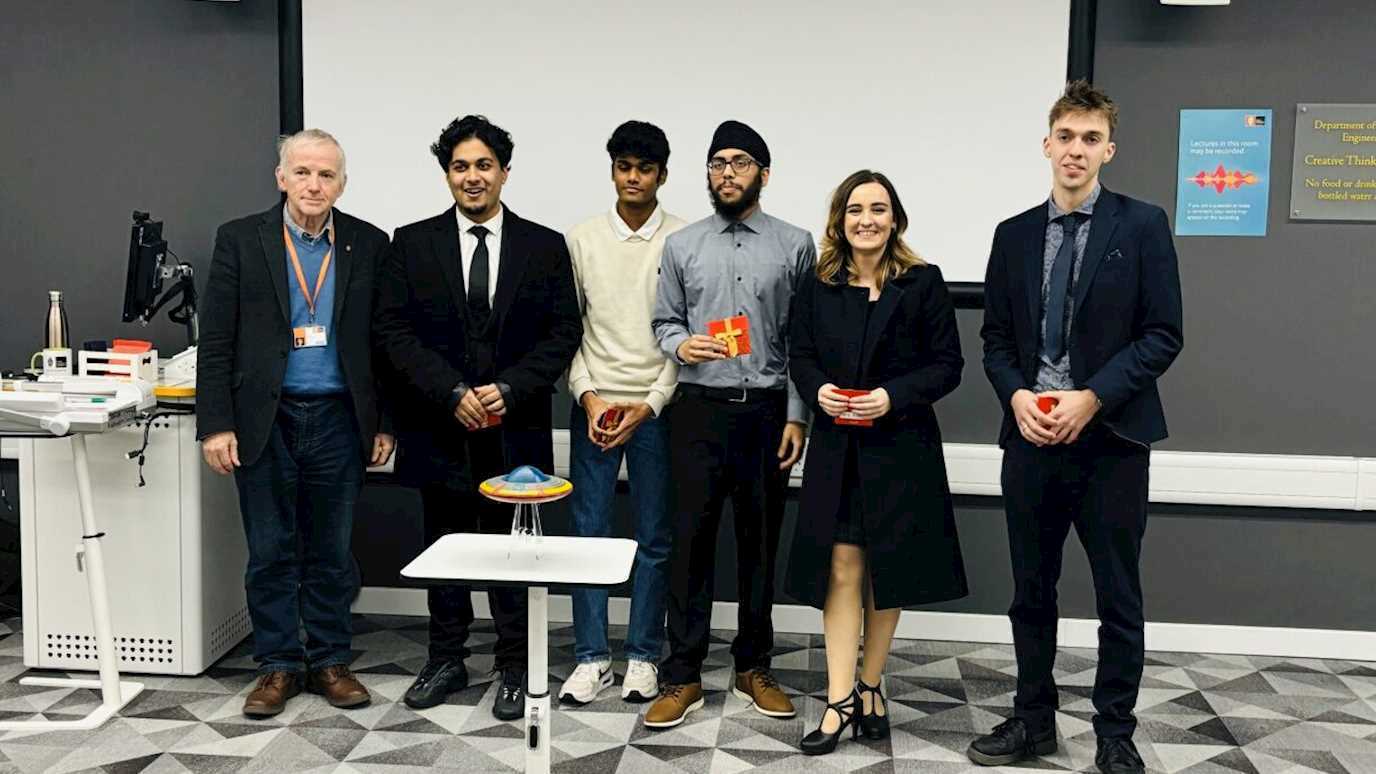A novel development by researchers at Royal Holloway, University of London and Exeter University that has created magnetic micro-robots that mimic biological cells by moving in a Mexican wave to pump water is a breakthrough for engineering and health science.

Micro robots image produced by Elizabeth Martin
Over the last year, the global spread of COVID-19 has highlighted the need for rapid disease testing and diagnosis. Lateral flow tests have been a vital layer of defence against COVID-19 due to the scale that they can be deployed and the speed that they can process results. However, one weakness of the technology is that because lateral flow tests work by capillary action, each lateral flow test can only detect one disease. Thankfully this is not currently a problem, but it is easy to imagine a future where in addition to the current COVID-19 strain, a new COVID variant emerges that needs a different test, meaning two swabs would have to be provided every time a test was needed.
Where several diseases have common symptoms, it would be better if the patient only had to provide a single sample and the technology pumped it to the different tests. Unfortunately, at the microscopic sizes needed for the tests, all liquids behave as if they were very viscous (like honey). Worse than slowing down flow, this can mean that on average there is no flow at all if the forward and return strokes of the pump are too similar.
To address this problem, a recent research collaboration between Royal Holloway, University of London, and the University of Exeter made magnetic robots consisting of several microscopic paddles on axles. Magnetic fields caused the paddles to rotate, enabling the robots to work wirelessly. The researchers discovered that small changes to the widths of the axles could make the paddles perform a Mexican wave-like motion called a metachronal wave, where each paddle started to rotate slightly after its neighbour had begun. This Mexican wave movement is seen in nature, for example lung cells use it to remove debris out of airways, and like many processes developed through evolution is extremely efficient. By mimicking this biological behaviour, the magnetic robots were shown to pump water at a rate controllable by the magnetic field. This brings us a step forward to being able to deploy diagnostic tests that actively move samples to different test sites.
The research in the journal Communication Materials and accompanying blog are published by Springer-Nature.
Professor Feodor Ogrin, project lead at University of Exeter, explained “To be useful for rapid testing, pumping systems need to have three properties. Firstly, they need to be small enough to work with the amount of liquid in a swab. Secondly, they need to be wireless so that tests can be quickly processed. Finally, they need to be mass manufacturable on a large enough scale to meet demand. Our magnetic robots meet all these requirements.”
Dr Matthew Bryan, lead author on the paper based at Royal Holloway, added “Demonstrating a simple pump compatible with the requirements of rapid testing is a first step to being able to test for several different diseases at once. Looking beyond the current pandemic, perfecting a disposable rapid multi-disease test would mean being able to give a specific diagnosis rather than simply ruling out one possible cause of a patient’s symptoms as current lateral flow tests do.”
Professor Ken Badcock, Senior Vice-Principle (Academic Strategy and Research) commented “The interface between engineering and health is a vital topic of research, and one that Royal Holloway’s Electronic Engineering Department was formed to contribute to. The micro-robot study studies using interesting physical mechanisms to address important problems on medically relevant length scales. It is excellent to see the contributions to this work published in the prestigious Nature series of journals.”
Dr Matthew Bryan is a lecturer at Electronic Engineering. His research focuses on understanding how magnetic and structural properties can be controlled to produce new functions. For more information about Dr Bryan’s research and to find out about PhD, Postdoc, and visiting opportunities visit the Nano-Electronics and Materials Group Page:
























